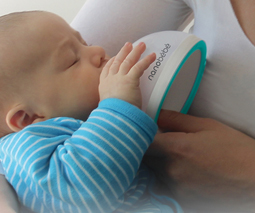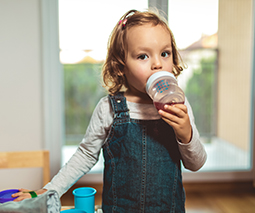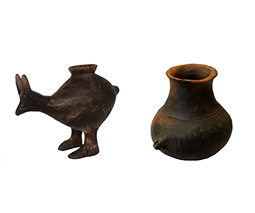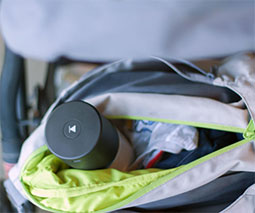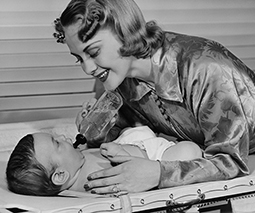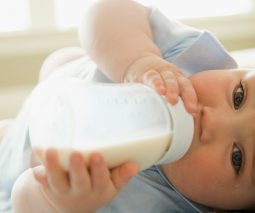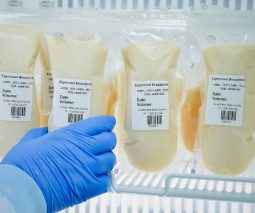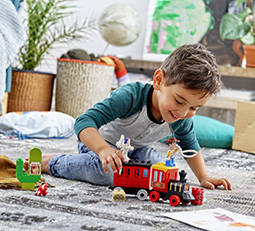A beginner’s guide to baby formula: How do you know where to start?
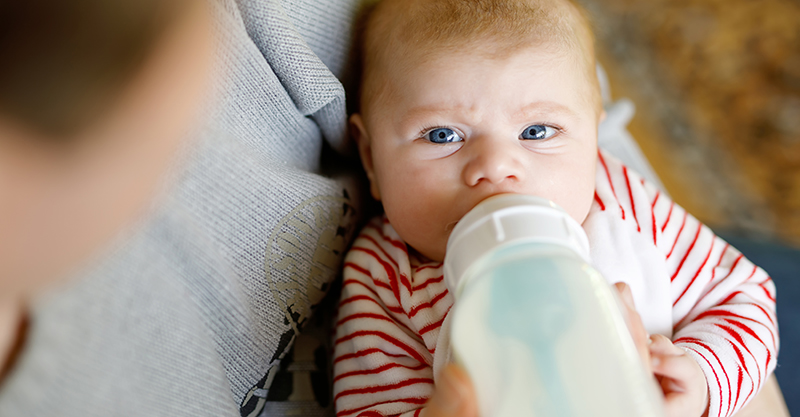
If you’re planning on formula feeding your baby, how do you know where to start? There’s a lot of info out there, and it’s all rather overwhelming in the throes of those early weeks.
The first thing to know is that while baby formula is made from cow’s milk, it has been modified to emulate breast milk. This means it contains vitamins, minerals and fats that babies need, that normal cow’s milk does not contain. It’s generally advised that babies do not have cow’s, skim, evaporated, powdered or sweetened condensed milk until 12 months of age. Similarly, they should not have dairy alternatives such as soy, rice, almond or coconut milk.
Read more about bottle feeding:
- Bottle baby! 10 things you might not know about formula
- Real life – When your baby suddenly prefers the bottle to your breast
- 4 essential things to check when shopping for toddler formula
Which product do I choose?
“Depending on the age of the baby, if you stick with the top brands, you really can’t go wrong,” Mothercraft nurse Chris Minogue assures. “But there are a lot of brands! I counted the other day about 15 brands.”
Chris recommends that parents choose a product with the following qualities:
- A brand you can get easily (as you don’t want to be running around trying to find a particular product).
- A product that ‘makes’ easily. That is, there aren’t too many steps from tin to bub. Specifically, find a product that includes a 30ml scoop, as it’s much easier to make different amounts of milk that way.
- Go with an age-appropriate formula, as long as your little one doesn’t have any digestive issues. The two main formula choices are categorised into ‘stages’.
- Go with a brand that’s locally made (this makes it cheaper too!).
Liquid formula is also available but is less commonly used.
Formula has age appropriate ‘stages’
You’ll notice in the supermarket there are two stages of formula. Stage one is for up to six months of age, and stage two is for six months and older.
Some parents may be wondering if there is much of a difference between the two in taste, texture, protein and vitamin levels. Fortunately, Chris says that from the baby’s point of view, there’s actually not much difference.
“The reason that there is a stage two is not about the protein and it’s not thicker. It’s actually about the iron,” Chris says. “The difference is usually within the iron, because they get more iron in food, so they change the iron.”
As babies increase their solids intake, they receive more iron from other sources. So, stage two reduces the amount of iron in the formula, and not much else changes. This helps smooth the transition between the stages.
Baby formula can spoil
Just like dairy milk, formula can ‘go bad’, or spoil. Follow these tips to make sure it’s always safe for consumption:
- Made-up powdered formula bottles shouldn’t be left at room temperature for longer than an hour. Never keep and reheat any amount, if it went unused or there are leftovers. Always throw out what’s left and make a new batch for next time.
- If time is of the essence (let’s be honest, when isn’t it?), you can make up a couple of formula bottles at a time. If you do this, you need to pop it in the fridge straight away and feed it to your baby within 24 hours. Otherwise, bacteria will have started to form and it will need to be thrown away.
- A tin of formula can sit unopened for a year (though you should check the expiration date), and after opening, it should be used within a month.
- Formula should not be heated in the microwave, as studies show it does not heat the milk evenly, resulting in hotspots that could scald your bub’s mouth and throat. Instead, heat it by sitting it in a sink or bowl of warm water, or using a bottle warmer.
Optimal cleanliness is necessary
Ensuring all your formula and bottle-feeding equipment is clean and germ-free will keep your baby safe and healthy.
- Ensure all your bottle-feeding equipment is sterilised until your baby is 12 months old. First, disassemble all bottle parts and wash well in soapy water (using a bottle brush to remove all dried milk), then sterilise before using again. This can be as simple as boiling the bottle parts for five minutes in a saucepan. Store in a sealed container until needed.
- Make sure you always wash your hands carefully before preparing a bottle.
- Use sterile water to make up formula. Do this by boiling fresh tap water, then allow to cool until lukewarm. You can also use bottled water, as long as it wasn’t opened beforehand.
Some babies may experience allergic reactions
Cow’s milk formula can result in allergies for some kids, due to the protein it contains. If you think your baby might be allergic to the formula you’re using, see your GP as soon as possible to discuss other options.
Fortunately, there are other options, such as goat’s milk-based formula, soy-based formula and hydrolysed protein formula.
Some conditions like reflux, eczema and other issues can be helped with specialised formulas. Organic formulas are on the market too. Discuss with your doctor what might help your baby, if they are experiencing any problems.

